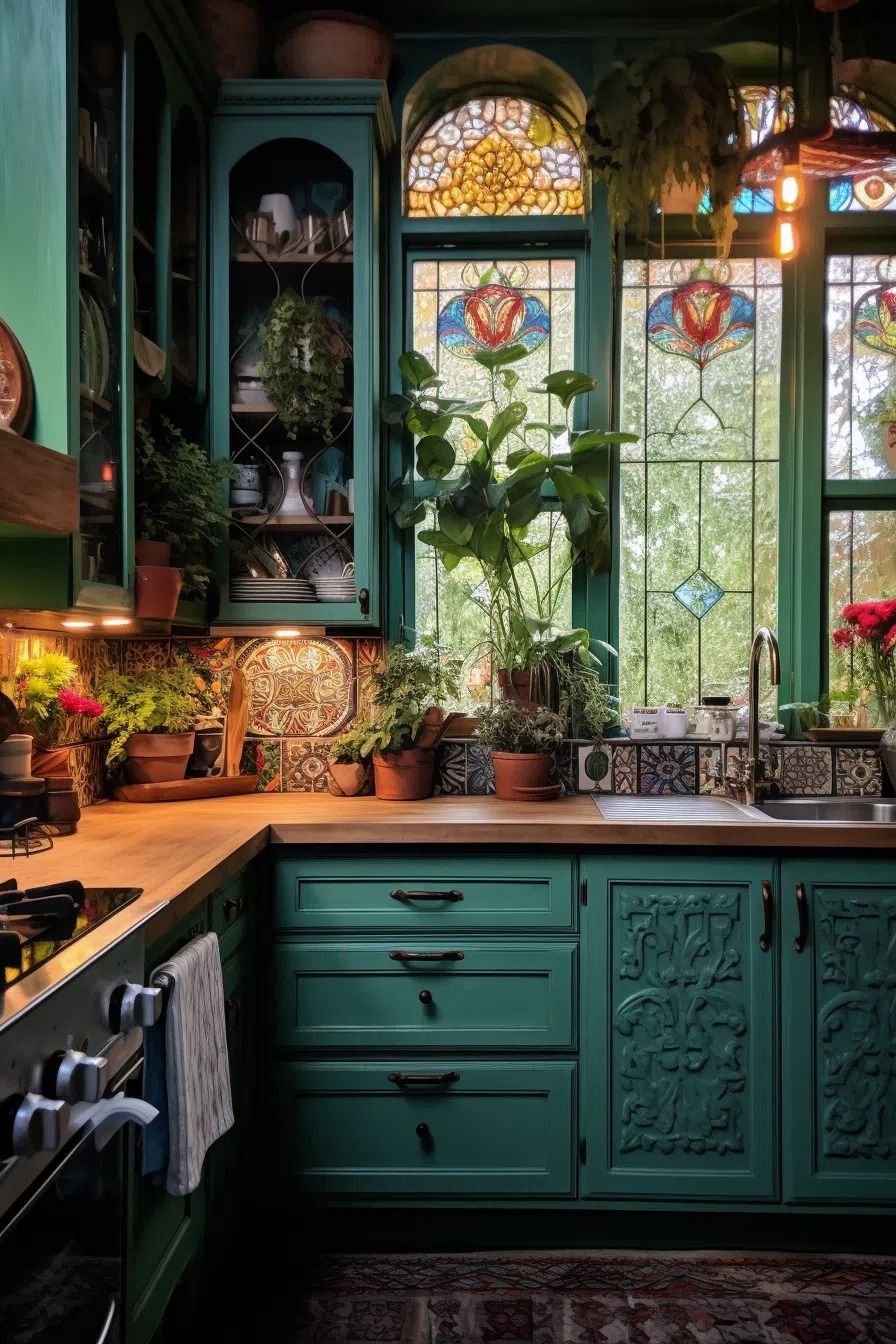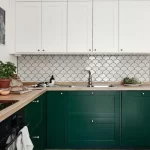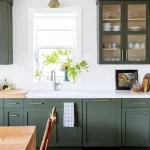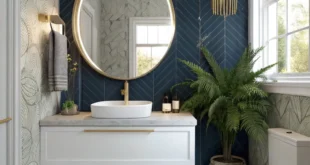Green kitchens have become a popular trend in recent years as more and more homeowners embrace sustainable living. These environmentally friendly kitchens are not only aesthetically pleasing, but they also help reduce carbon footprints and promote a healthier lifestyle.
One of the key features of a green kitchen is using eco-friendly materials. This includes choosing sustainable materials for countertops, cabinets, and flooring. Bamboo, cork, and reclaimed wood are popular choices for these components as they are renewable, durable, and have low environmental impact. Additionally, choosing finishes and paints that are low in volatile organic compounds (VOCs) can improve indoor air quality.
Another important aspect of a green kitchen is energy efficiency. Installing energy-efficient appliances, such as refrigerators, dishwashers, and ovens, can significantly reduce energy consumption and lower utility bills. LED lighting fixtures and skylights can also help reduce energy usage by providing ample lighting while minimizing electricity consumption.
Incorporating natural elements into the kitchen design can also enhance its green credentials. Installing a green wall or indoor herb garden not only adds a pop of color to the space but also improves indoor air quality by filtering out pollutants and adding oxygen. Additionally, using non-toxic cleaning products and composting food waste can further reduce the kitchen’s environmental impact.
Water conservation is another important aspect of a green kitchen. Installing low-flow faucets and water-efficient dishwashers can help reduce water usage and lower water bills. Additionally, collecting rainwater for irrigation or using greywater systems can further reduce the kitchen’s water footprint.
Embracing a minimalist approach to kitchen design can also contribute to its sustainability. By decluttering and organizing the space efficiently, homeowners can reduce waste and make it easier to maintain a clean and functional kitchen. Investing in high-quality, durable kitchen essentials can also help minimize the need for frequent replacements and reduce waste.
Overall, green kitchens offer a sustainable and stylish alternative to traditional kitchen designs. By incorporating eco-friendly materials, energy-efficient appliances, natural elements, and water-saving fixtures, homeowners can create a space that is not only beautiful but also environmentally responsible. Making small changes to the kitchen design and practicing eco-friendly habits can help reduce carbon footprints and promote a healthier home environment.
 redboth.com Decoration ideas for your home
redboth.com Decoration ideas for your home
































































